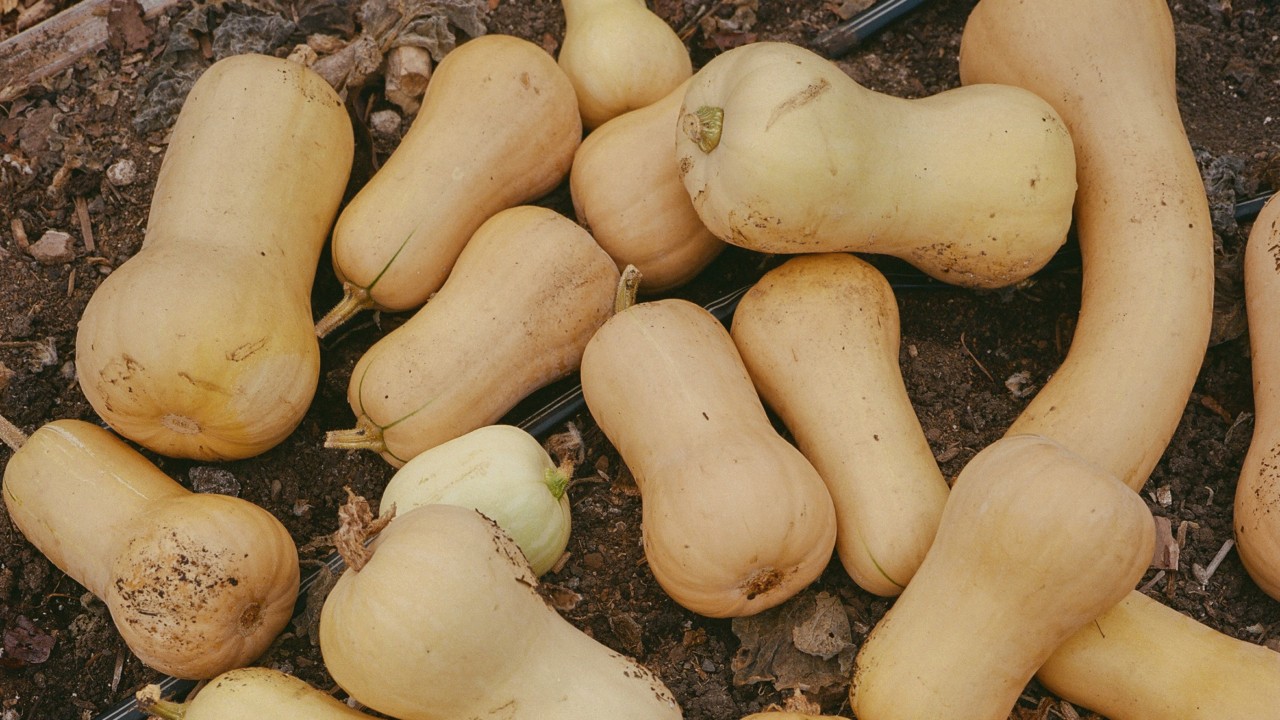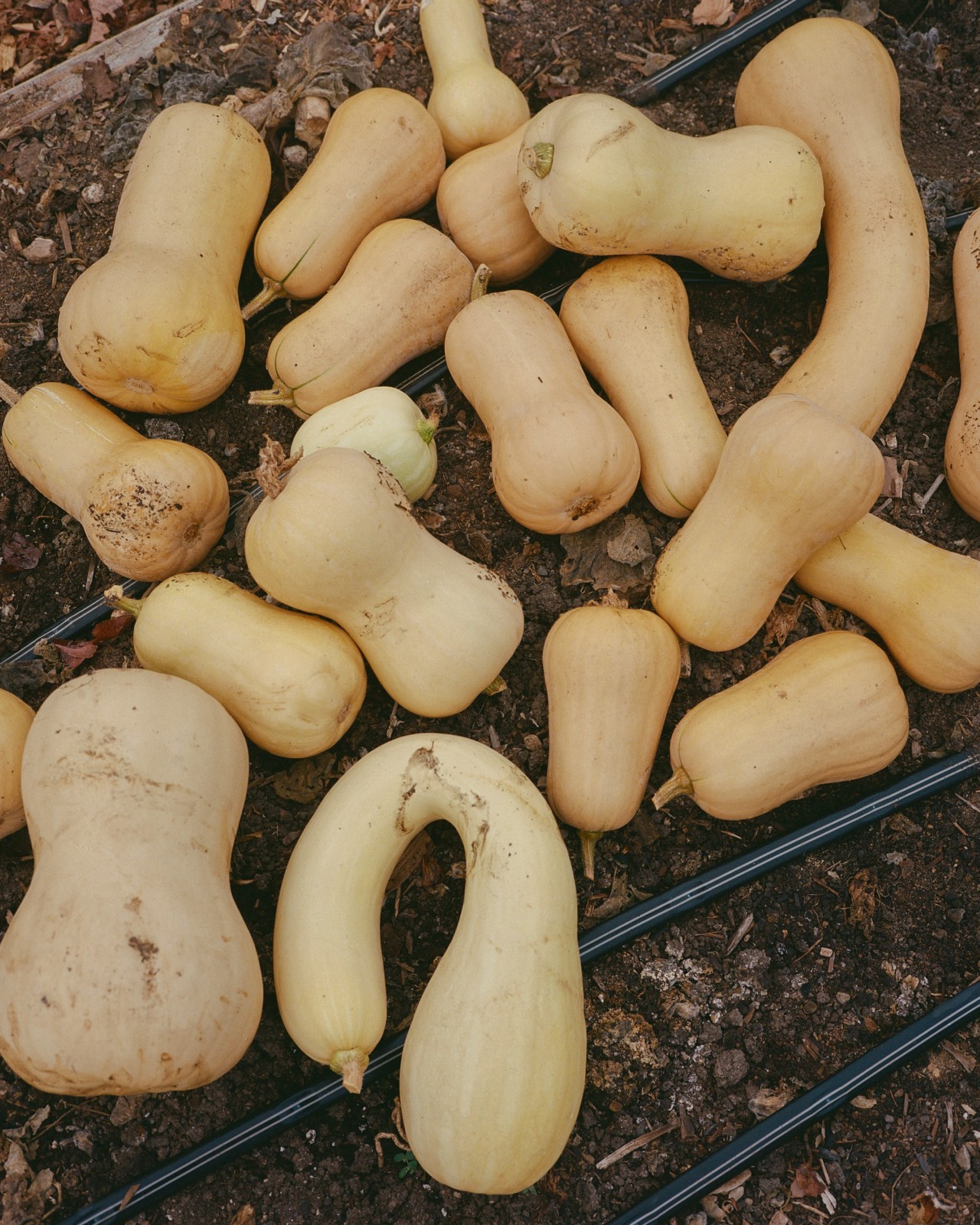

Photograph by Brian Chorski / Kintzing
Words by Ruth H. Burns
The holiday season is once again upon us.
Across cultures, folks in the northern hemisphere are gathering together throughout the cold winter months to take a break from the daily grind and focus on annual traditions that we celebrate with friends and family.
The tumultuous economic and sociopolitical landscape has really taken a toll on everyone this year, so it’s become even more important that we find time to build and reinforce community ties.
Among Indigenous groups, we have been holding feasts since precolonial times, especially after the harvest. During community feeds, we reconnect while sharing an abundance of tasty dishes, conversation, and good energy—nourishing our minds, bodies, and spirits all at once.
We invite you to adopt this practice, if you haven’t already. Communal feasts are the gifts that keep on giving, from generation to generation. They provide vital sustenance for the hungry and lonely. Should we be stricken with difficult times financially—either personally, as a community, or as a nation—shared meals will become even more essential, and can literally save lives.
While some may equate feasting with overindulgence, mealtime is really what you make of it. Community feeds can help you establish healthier eating habits by making and eating dishes that are not just delicious, but good for you and your guests. There’s also nothing wrong with having a little treat now and then. I believe that enjoying a little treat from time to time is not just permissible, but necessary: you’re better for it.
Did you know that many of the fruits and vegetables enjoyed around the globe are Indigenous to the Americas? Tomatoes, pineapples, corn, potatoes, beans, avocados, peppers, peanuts, and pecans all have Native origins.
My favorite Indigenous fruit (yes, it’s a fruit, not a vegetable) is the squash. Squash is a nutrient-dense superfood high in fiber, antioxidants, and vitamins. The plant has been shown to strengthen bones and vascular systems, improve heart and lung function, and stabilize blood pressure. The beta carotene in squash fortifies eye health. It’s great for your gut, too, and helps to prevent colorectal cancer.
During community feeds, we reconnect while sharing an abundance of tasty dishes, conversation, and good energy—nourishing our minds, bodies, and spirits all at once.
There are more than 100 different types of squash. A number of Tribal Nations that practiced agriculture grew squash with corn and beans in an arrangement still used today, known as “The Three Sisters.” Corn is planted in small hills, with beans planted around them. Squash is then planted around the beans and corn. This symbiotic growing arrangement works by beans absorbing nitrogen from the surrounding air and fixing it, converting it to nitrates that provide the corn and squash with fertile soil. The beans are then free to grow and wind around corn stalks, which offer them stability. Squash grows on the surface of the ground, creating cover that prevents the field from being taken over by weeds. I prefer acorn or butternut squash, both of which are relatively easy to grow and prepare. If you are unable to grow them yourself, availability may differ according to location and season. Where I live, in the northern plains of the United States, they are easy to find in the fall and are also fairly inexpensive.
For your next holiday dinner, be it with family, at a community event, or even on your own, consider making this simple Dakota meal that’s been passed down in my family for centuries from Oceti Sakowin treaty lands.
I hope you enjoy this dish as much as my ancestors did. Have a blessed holiday season, my relatives of all colors, creeds, and nationalities. Life is beautiful.
Ingredients:
Acorn or butternut squash. A quarter to a half of a squash, with the additional components, is considered a full meal. For four people, I roast two squash, and cook about 1 pound of ground protein, with 4 cups of cooked wild rice.
For a Savory Dish:
Butter or olive oil
Golden onion
Wild rice
A protein (like ground beef, bison, or turkey)
Salt and pepper
For a Sweet Dish:
Cinnamon
Maple syrup or honey
Preparation:
Preheat the oven to 375°F.
Rinse and dry the squash, and then cut it in half. Scoop out the seeds. (Note: You can dispose of the seeds, save them for planting, or dry them and season them and eat them for a snack.)
Place each squash half on a square of aluminum foil, shaping the foil around the bottom of the squash so it is loosely vented on top.
Either drizzle or brush the top surface of the open faces of the squash with olive oil, or place several pats of butter on top. Salt to preference, and add pepper to preference for the savory dish. If you are making the sweet dish, drizzle a little maple syrup or honey on the open face of the squash, and sprinkle cinnamon on it.
Place the squash halves in foil on a pan in the oven for one hour. If the squash is larger, it may take a little longer to finish cooking. The squash is done when it is tender throughout. If you’re making the sweet dish, you’re done here. Add additional maple syrup, which is also an Indigenous invention, honey, and cinnamon to taste. You may scoop the squash from the rind and mash it, or eat it directly from the rind, rind included.
To continue with the savory dish, prepare the wild rice while the squash is cooking. Please note: Wild rice isn’t really rice as we know it. It is a species of grass that grows in freshwater lakes around the Great Lakes of North America. In 2024, it’s also grown commercially, so it has become more widely available to the public. In the Dakota language, wild rice is called Psin.
Place the wild rice in a strainer and rinse it with fresh, clean water. Set water to boil in a pot. Add a teaspoon of salt to the water. Refer to packaging to know how much water is needed to boil the amount of rice you plan on serving with the squash.
Once the water is boiling, add the wild rice. Turn down the heat so the wild rice is gently boiling. It must boil for about an hour. Once it is finished, it will be tender with a slight bite. Some of the stalks will split open. Remove it from the heat source, and drain the remaining water. Set it aside to cool, and keep it lightly covered.
Chop the golden onion, and add it to a warm skillet on medium-high, with olive oil or butter. Sautee the onion.
Add your protein to the skillet with onion. Make as much or as little as you would like. Adding meat is optional here. Ground meat works best because you will be combining it with the cooked wild rice.
Once the protein and onion are cooked, mix it with the wild rice. How much or how little of this mixture you would like to add to your squash is really up to you. In my house, we like to put the wild rice and protein mixture inside the squash, so the squash serves as an edible boil. If you do not want to add meat, simply add the sautéed onion to the wild rice, and serve it with the roasted squash. Add more salt and pepper, or other spices you like, to taste.
A Dakota Recipe That Brings Tradition to the Table